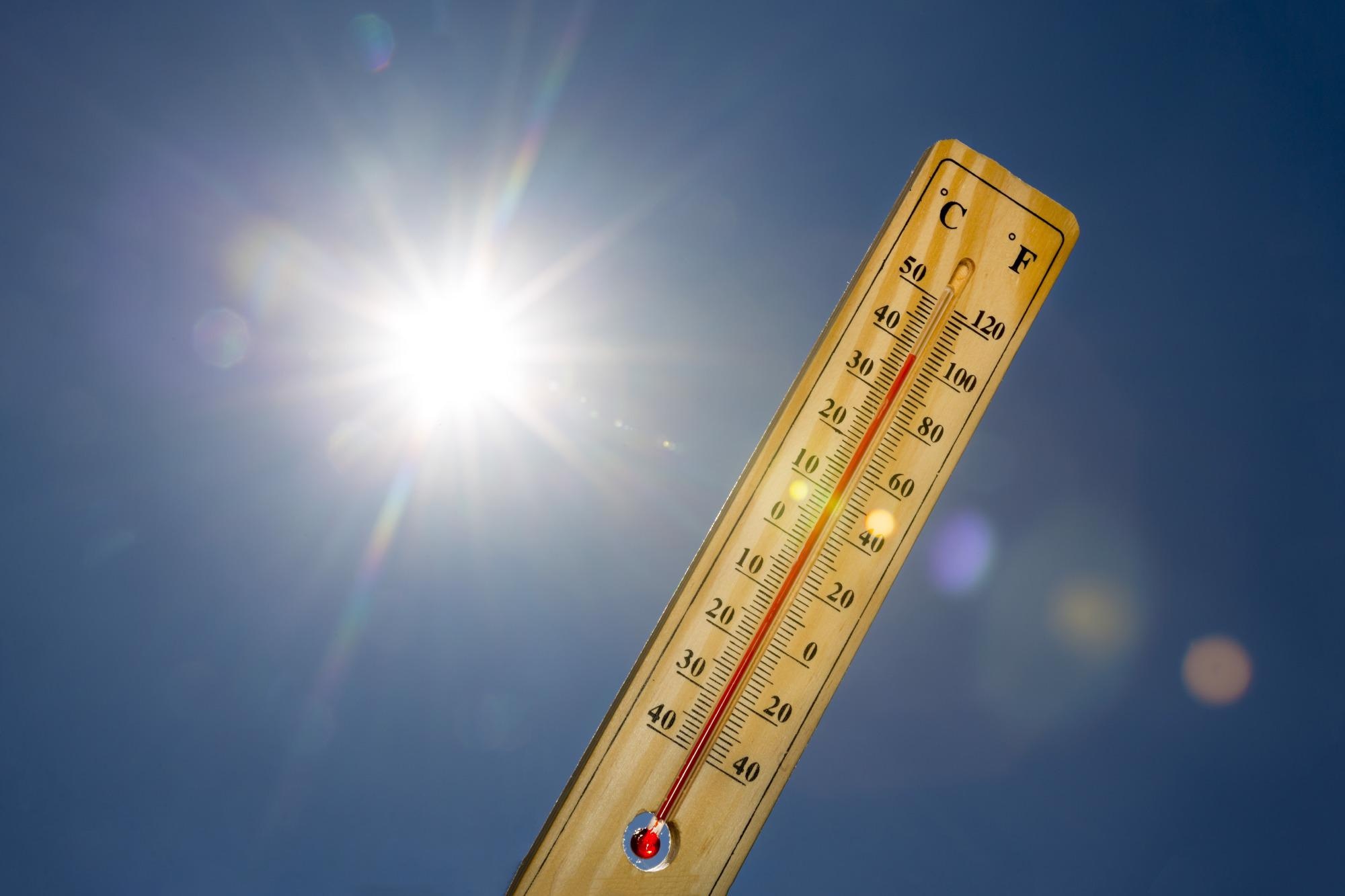
Image Credit: Shutterstock/ Belish
European researchers have revealed that last month is the hottest November on record. What are the broader implications for climate change?
Scientists from the Copernicus Climate Change Service (C35) have reported that global temperatures recorded last month constitute the hottest November since records began. The finding puts 2020 on track to be one of the warmest years on record¹.
Analysis of the data collected by C35 — a project implemented in 2014 by the European Centre for Medium-Range Weather Forecasts (ECMWF)— revealed that November 2020 was close to 0.8°C above the 30-year reference period of 1981–2010, and more than 0.1°C above the previous warmest Novembers of 2016 and 2019².
Globally, November was an exceptionally warm month compared to other Novembers, and temperatures in the Arctic and northern Siberia remained consistently high, with sea ice at its second-lowest extent. This trend is concerning and highlights the importance of comprehensive monitoring of the Arctic, as it is warming faster than the rest of the world.
Carlo Buontempo, Director, The Copernicus Climate Change Service, ECMWF
Temperatures were most above average over a large region covering much of northern Europe, Siberia, and the Arctic Ocean. Substantially higher than average temperatures also occurred over parts of the USA, South America, southern Africa, over the Tibetan Plateau, eastern Antarctica, and most of Australia.
On average Europe experienced particularly high-temperatures — joint second warmest with November 2009 — but still below the record set for the continent in 2015. When factored in with temperatures recorded by C35 in September and October, the data suggests that Europe experienced its hottest Autumn on second, above the average for that period by 1.9°C.
Whilst Central Asia and western Antarctica both experienced temperatures that were below average in November, the Arctic region and large parts of northern Siberia saw temperatures rise substantially above average throughout 2020, and November did not break the trend.
Unsurprisingly in light of this, sea ice cover in the same region has been particularly low since the beginning of summer. C3S data shows that Arctic sea ice extent reached its second-lowest November value since satellite observation began in 1979.
2020: One of the Warmest Years
With just one month left to go in 2020, the C35 data suggests that this year is on par with 2016 as the warmest calendar year, with 2019 also behind. Data confirming this comes from several datasets and includes temperatures monitored globally up to October. Thus, the November data brings 2020 even closer to snatching that unenviable and troubling record.
Just last week the World Metrological Organization (WMO) warned 2020 would become one of the warmest years on record unless a sharp drop in temperature occurred in December³— something that isn’t beyond the realm of possibility. That was before the data for November 2020 was made available. The organization’s final report of global temperature in 2020 will be released in March 2021.
A provisional report from the WMO¹ also indicated that ocean heat is at record levels with more than 80% of global oceans experiencing a marine heatwave at some point during 2020. This could have disastrous consequences for marine ecosystems already suffering from more acidic waters due to carbon dioxide (CO2) absorption.
2020 has, unfortunately, been yet another extraordinary year for our climate. We saw new extreme temperatures on the land, sea, and especially in the Arctic. Wildfires consumed vast areas in Australia, Siberia, the US West Coast, and South America, sending plumes of smoke circumnavigating the globe. We saw a record number of hurricanes in the Atlantic, including unprecedented back-to-back Category 4 hurricanes in Central America in November. Flooding in parts of Africa and South East Asia led to massive population displacement and undermined food security for millions.
Professor Petteri Taalas, Secretary-General, WMO
What will be even more troubling to scientists is the fact that these climate change trends continued to worsen despite COVID-19 lockdowns and restrictions. It would seem that measures enforced to control the virus have done little to limit atmospheric concentrations of greenhouse gases continued to rise, a factor that, because of the long lifetime of CO2 in the atmosphere, sets the planet on a course to further warming for many generations to come.
“These records are consistent with the long-term warming trend of the global climate,” explains Buontempo. “All policy-makers who prioritize mitigating climate risks should see these records as alarm bells and consider more seriously than ever how to best comply with the international commitments set out in the 2015 Paris Agreement.”
References
¹The State of the Global Climate 2020, WMO, [2020], [https://public.wmo.int/en/our-mandate/climate/wmo-statement-state-of-global-climate]
²Monthly climate update: November 2020, Copernicus, [2020], [https://climate.copernicus.eu/monthly-climate-bulletins]
³2020 on track to be one of three warmest years on record, WMO, [2020], https://public.wmo.int/en/media/press-release/2020-track-be-one-of-three-warmest-years-record
Disclaimer: The views expressed here are those of the author expressed in their private capacity and do not necessarily represent the views of AZoM.com Limited T/A AZoNetwork the owner and operator of this website. This disclaimer forms part of the Terms and conditions of use of this website.